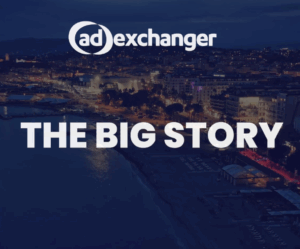Programmatic buyers, who constantly find themselves buying ads in unexpected places, should cut themselves some slack. Being a media buyer was much easier in the days of Mad Men, when there were about three channels to watch, whose content was regulated by the FCC
Now, media buyers spend across millions of channels, and there is weird stuff across a good chunk of them – if you can even find the URLs.
YouTube’s Content ID, a copyright protection system, was designed to automatically recognize popular movies and music reposted to the platform, and ensure that rightsholders are paid for that use. In practice, however, some accounts upload live sports games, Hollywood blockbusters and Netflix hits to YouTube, racking up views until (and if) Content ID finds them.
Sometimes, these accounts bypass YouTube’s protections by changing the video to something innocuous once a video has done well enough to attract a little too much attention. That’s an issue for content owners, but also for buyers: since these URLs are often not disclosed (or have the new URL) in buyers’ campaign reports, they don’t know exactly where their ads appeared.
Our senior editor, James Hercher, details the latest YouTube bombshell from Adalytics, which AdExchanger covered, along with The New York Times.
Freedom from AI bots?
Then, we turn to Cloudflare’s announcement that it will block AI bots for publishers, cleverly branded right before the Fourth of July as “content independence day.” Pageviews are hemorrhaging due to AI Overviews and people seeking information through agentic AI interfaces.
But will blocking bots help? Is it even possible? With Andrew Byrd, who writes for our sister publication, AdMonsters, we go into what AI bot blocking might mean for publishers who are grappling with new content discovery behavior unleashed by AI.














